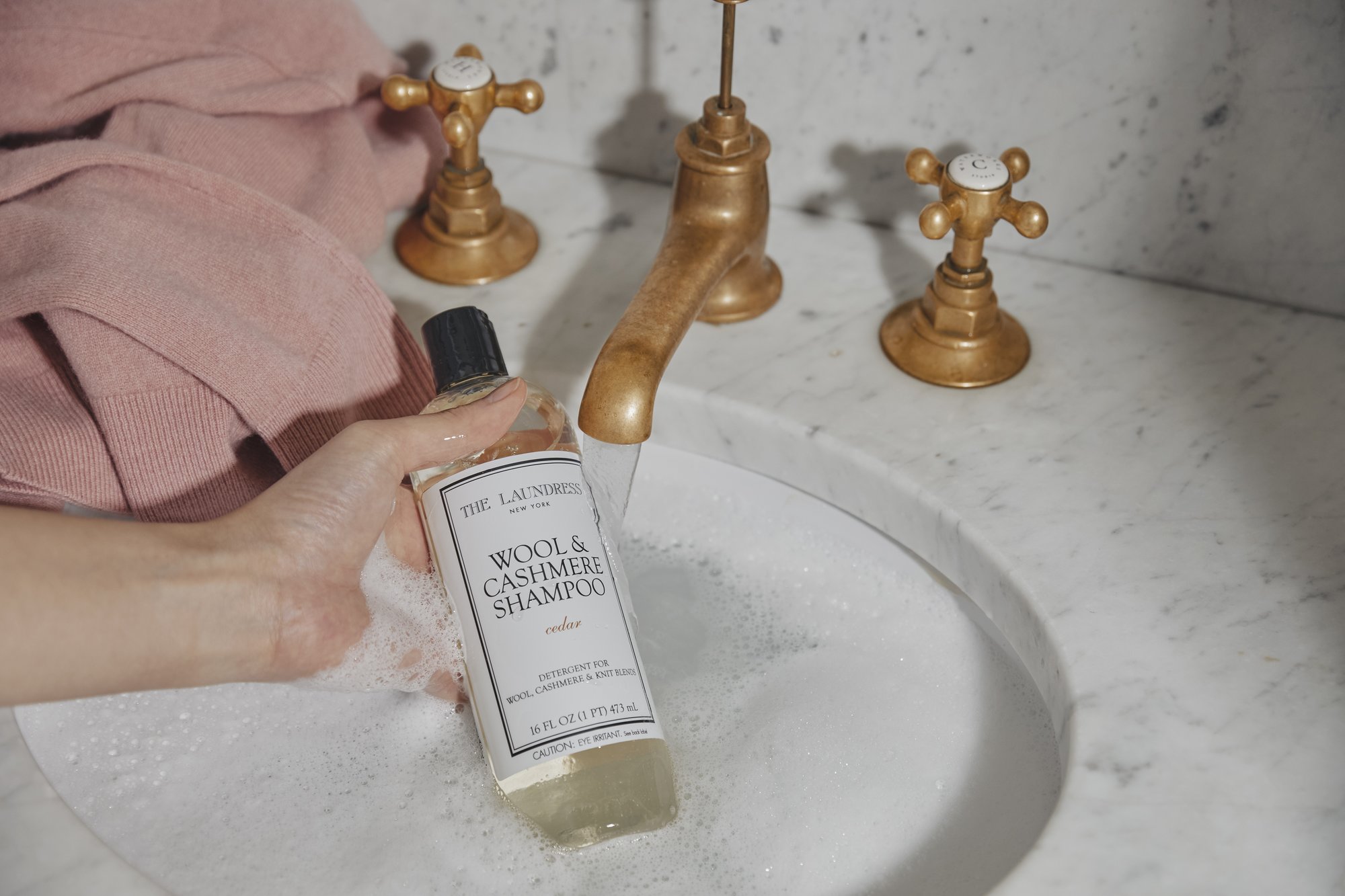
Which 'Dry Clean Only' Items Actually Need to be Dry Cleaned?
Can You Dry Clean At Home?
Yes, it is possible to wash "dry clean" tagged items at home! Some clothes and fabrics that are labeled as “dry clean” can be washed at home with cold water and delicate detergents designed for gentle cleansing, like Delicate Wash. Word to the Wise: No matter which water temperature, laundry product, or wash cycle you select to wash your clothes, certain fabrics simply cannot be hand washed, and are under no circumstances machine washable fabrics. We don't typically encourage dry cleaning when washing is possible, however, for a handful of fabrics the only option for safe cleaning is taking your item to the professionals. That being said, in many instances you can provide "dry clean" level care by misting with a fabric spray (like Delicate Spray or Classic Fabric Spray) and gently laundering or steam cleaning at home. Read on to learn how to "dry clean" at home and which items fall within the percentage of garments that simply should be taken to the professionals.
Viscose is a semi-synthetic fabric that is made from regenerated cellulose and is known for its smooth, silk-like texture. Viscose dyes well and has a lustrous finish. Wondering how to wash viscose or whether viscose can be washed? You’re not alone. Viscose clothing care isn’t always straightforward. To properly care for viscose, first understand that viscose is a type of rayon. Although many rayons can be washed (be sure to check the tag!), viscose has been known to shrink or warp to extreme proportions. Shrinkage when laundering viscose does happen, so take special care when laundering this fabric. Unless the garment is specifically marked washable and/or you have completed a water test, we recommend avoiding washing at home. Viscose is generally not machine washable unless marked otherwise. We do not recommend taking the risk of laundering as the shrinkage, elongation, distortion, or puckering that can occur is typically not reversible. What is the proper viscose fabric care regimen? Viscose has a very high shrinkage factor. Unless your viscose item is clearly labeled as washable with viscose washing instructions included on the tag, you shouldn’t attempt machine or hand washing it. Instead, try misting with a fabric spray designed to freshen and dewrinkle, like Classic Fabric Spray. Always test first in an inconspicuous spot! If you’re not sure about an item, it’s best to play it safe and dry clean or steam clean at home - otherwise, you might risk irreversible fabric damage. While our philosophy is centered around washing your fabrics, and dry cleaning at home to help reduce your dry cleaning bills, in some cases, it’s best to leave your beloved little black dress or heirloom scarf in the hands of an experienced professional. Example: Our often-cited “why is viscose not washable” example is the classic black matte wrap dress by Diane Von Furstenberg. It shrinks to half its size! Viscose can wrinkle, so if your viscose item is wrinkled, but not dirty, you should consider steaming at home with a fabric steamer. Steaming is a great way to lift odor and can help save money by skipping the dry cleaners. Does something smell off? Get that “clean laundry smell” between cleanings by spritzing your viscose items with your favorite fabric refreshing spray after steaming. Polyamide is often blended with viscose or rayon. We don’t recommend washing items that contain polyamide since this fabric can expand or warp when laundered. Gwen once washed her favorite pants that were made of a polyamide blend, and they grew to twice their size! Example: Women’s blazers and suit pants (especially those that have lining and structure)


Items with Manufactured Pleating
These items have pleats that are not sewn in. Instead of permanently stitching the pleats into place, the manufacturer created them using a heat source. The pleats may not be preserved during washing and cannot be replicated. Gently steam and mist pleated items with Classic Fabric Spray for an at-home refresh if necessary, and store hanging to preserve the crisp pleating. Depending on the fabric, pleats can be re-pressed if necessary. Always consult tags before ironing items at home.
Structured & Lined Items
These are items made with material inside - such as padding and interfacing - that can become dislodged or misaligned when washing. When lined items tagged "dry clean only" are washed, it can cause tears or unwanted bunching on the seam where the lining meets the outer fabrics. Most structured and lined items generally cannot be washed and should be taken to a professional if a deep cleaning is necessary. However, you can freshen them by steaming at home with a hand steamer, and spot cleaning any stains. To help dewrinkle and freshen blazers and coats, mist with Classic Fabric Spray.
If it's tagged as suede, stop! Suede is typically made from leather and should not be washed. If your suede garment is labeled “Not Washable” or “Dry Clean Only” don’t wash it! Certain finishes on suede will allow it to be safely washed however, but only if tagged as such (generally only faux suede is washable). When in doubt, take suede items to a leather professional for cleaning. We do not recommend misting leather or suede items with any fabric freshening sprays.
Leather
We don't provide specific cleaning advice for leather as this material has many different options for finishes, which makes it impossible for us to know which type you're working with. Our general guideline for leather is as follows:
- Leather labeled "Not Washable": If a leather item is labeled "Not Washable" or "Dry Clean Only" don't wash it. Trust us. Instead, take it to a leather care professional.
- Leather labeled "Washable": We have successfully washed many leather and faux-leather items labeled "washable" as well as non-leather items with leather trim: patches, collars, zip pulls, and binding. Simply water test the washable-tagged leather item before you wash it. Look for discoloration, spots, or other changes once the area has dried. Most leather trim is made from "garment washed" leather. This type of leather has already been washed during the production stage, which means it should now be washable as part of the garment.
Fur
Fur with skin cannot be washed: We don't recommend washing fur that has skin on the underside. The skin can shrink or dry out with wet washing.
Fur without skin may be washed: Fur that is knitted or lacks an attached skin can launder beautifully when tagged as washable. Always use a gentle, enzyme-free wash for natural fiber items like these, such as Wool & Cashmere Shampoo.
Vintage fur should not be washed: Older fur is often brittle and frail and may disintegrate during washing.
Items with Manufactured Pleating
These items have pleats that are not sewn in. Instead of permanently stitching the pleats into place, the manufacturer created them using a heat source. The pleats may not be preserved during washing and cannot be replicated. Steam pleated items for an at-home refresh if necessary, and store hanging to preserve pleating.
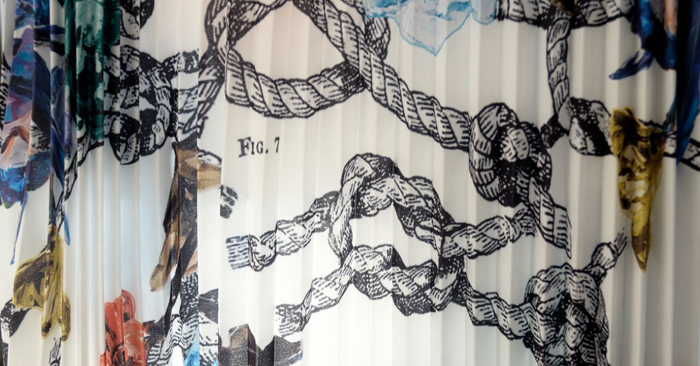
Structured Items
These are items made with structured material inside - such as padding and interfacing - that can become dislodged when washing. These items generally cannot be washed. However, you can freshen them and sometimes spot treat stains, depending on the fabric makeup of the item. Examples: Neckties, blazers with shoulder pads
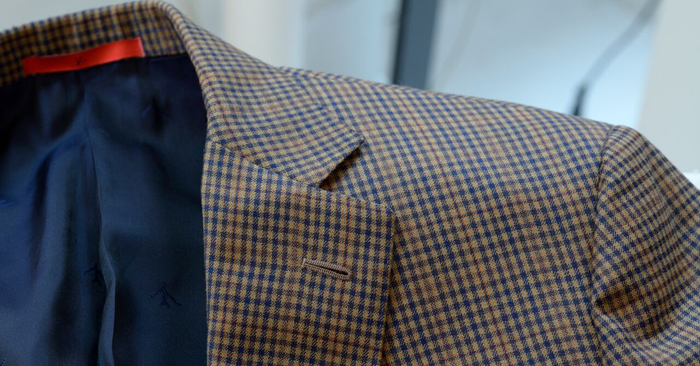
Suede
If the item is labeled “Not Washable” or “Dry Clean Only” don’t wash it! Certain finishes on suede will allow it to be safely washed however, but only if tagged as such (typically only faux suede is washable). When in doubt, take to a leather professional.
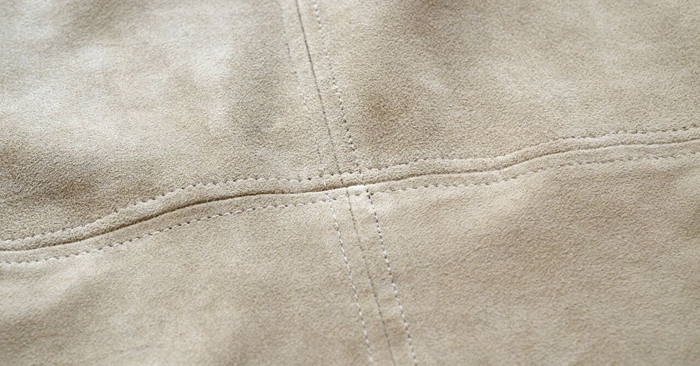
Leather Labeled Not Washable
We don't like to give specific cleaning advice for leather as this material has many different options for finishes, which makes it impossible for us to know which type you're working with. Our general guideline for leather is as follows: Leather labeled "Not Washable": If a leather item is labeled "Not Washable" or "Dry Clean Only" don't wash it. Trust us. Leather labeled "Washable": We have successfully washed many leather items labeled "Washable" as well as non-leather items with leather trim: patches, collars, zip pulls, and binding. Simply test the leather item before you wash it. Look for discoloration, spots, or other changes once the area has dried. Most leather used for detail or trim is washable. Leather Trim: We have successfully washed many leather trim items labeled "Dry Clean" or "Dry Clean Only." Most leather trim is made from "garment washed" leather. This type of leather has already been washed during the production stage, which means it should now be washable as part of the garment. Examples: Sweaters with patches and trim, accessories with collars, and pants with patches
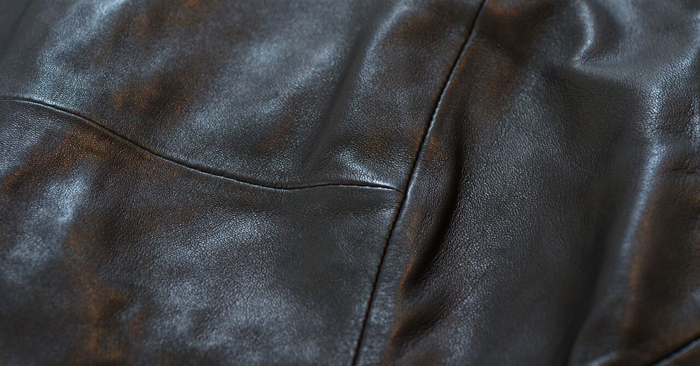
Fur With Skin
Fur with skin cannot be washed: We don't recommend washing fur that has skin on the underside. The skin can shrink or dry out with wet washing. Example: A traditional fur coat Fur without skin may be washed: Fur that is knitted or lacks an attached skin can wash beautifully. Always use Wool & Cashmere Shampoo. Example: A fur scarf Vintage fur should not be washed: Older fur is often brittle and frail and may disintegrate during washing. Example: An older sweater with a fur collar, found in the attic
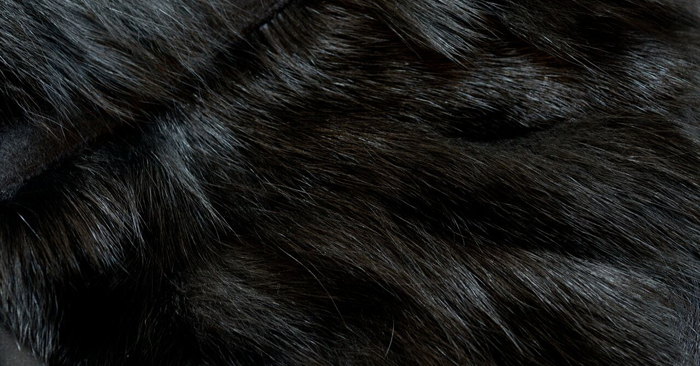
How to Reduce Your Dry Cleaning
Most people send items to be dry cleaned because they are wrinkled or because they no longer smell fresh. If the item isn’t actually dirty, you don’t need to take it to the dry cleaners. Instead, save money and reduce wear on the item by freshening between cleanings—we recommend steaming. Not only will steam cleaning release wrinkles, but hot steam also eliminates odors. Steaming works well for “Dry Clean Only” items as well as items that are not readily washable, such as upholstery, etc.
How to Reduce Your Dry Cleaning
Most people send items to be dry cleaned because they are wrinkled or because they no longer smell fresh. If the item isn’t actually dirty, you don’t need to take it to the dry cleaners. Instead, save money and reduce wear on the item by freshening between cleanings—we recommend steaming. Not only will steam cleaning help to release wrinkles, but hot steam also aids in lifting odors. Steaming typically works well for “Dry Clean Only” items as well as items that are not readily washable, such as upholstery, etc. Pair with a fabric freshening spray like Classic Fabric Spray to add the ultimate "clean laundry" scent while helping dewrinkle.
Can I Dry Clean At Home?
While you can’t technically dry clean at home, you can wash certain dry clean fabrics at home with the right fabric-specific solutions and methods.
First, it’s important to carefully check the care labels of the garment, as items tagged dry clean are different from dry clean only. Dry clean means the item can likely be gently washed from home, depending on the garment construction.
"Dry clean only" means the item should be dry cleaned, as it may have sensitivity to water exposure.
"Dry clean recommended" means you may be able to wash the item at home, but we highly recommend performing a wash test before you proceed with washing. To complete a test, place a drop or two of water in an inconspicuous area of the garment, like at the armpit or a hem. Use a cloth to gently blot the water and look for any color bleeding/transfer or changes in texture. If you see either, dry clean the item. If not, you can proceed with washing from home.
Can I Put Dry Clean Items In Washing Machines?
If the item is tagged dry clean, you can wash in the washing machine with a delicate wash cycle and the right fabric-specific detergent. You'll want to ensure the water is cold, and the spin cycle is low to avoid damage.
For sheep’s wool, lamb’s wool, cashmere, merino, pashmina, angora, mohair, camel hair, and alpaca, as well as any wool blends and wool-like synthetics such as acrylic, use Wool & Cashmere Shampoo. Unlike generic detergents, this formula is specifically formulated without enzymes. For delicates like lingerie, bras, eveningwear, and hosiery, opt for Delicate Wash instead. Also formulated without enzymes, this solution gently cleanses delicates.
When washing dry clean items, always select a delicate cycle, cool or cold water, and a low spin. Inserting items into protective Mesh Bag will prevent items from snagging on the drum of the washing machine or catching on other items in the load, while still allowing for the cleansing agitation of the wash cycle.
Handwashing is the gentler alternative to washing machines: Fill a tub, basin, or sink with cold water. Then add your items and a squirt of the correct detergent according to fabric type, and agitate with your hands for a few seconds to distribute the soap into the water. Allow to soak for no longer than 30 minutes, rinse thoroughly, and press out to dry – do not wring.
Can I Put Dry Clean Only Items In The Dryer?
While dry clean only items should not be washed or dried at home, dry clean
items can be washed but not dried in the dryer. Always air dry items tagged
dry clean to avoid shrinkage and irreversible damage to the fabric. When air
drying, you have a few options. You can use a drying rack, drip dry on a hook
or hanger, or lay flat on a clean, dry surface like a towel. Avoid air drying
near a heat source like sunlight or a radiator, which can lead to shrinkage.
How Do I Remove Wrinkles From Dry Clean Items?
Steaming is a great way to remove wrinkles from dry clean items. In addition to softening wrinkles, steaming helps remove odors and freshens fabrics between washing and wearing. We like to combine steaming with a few sprays of a freshening and crease lifting spray which removes wrinkles, like Classic Fabric Spray.
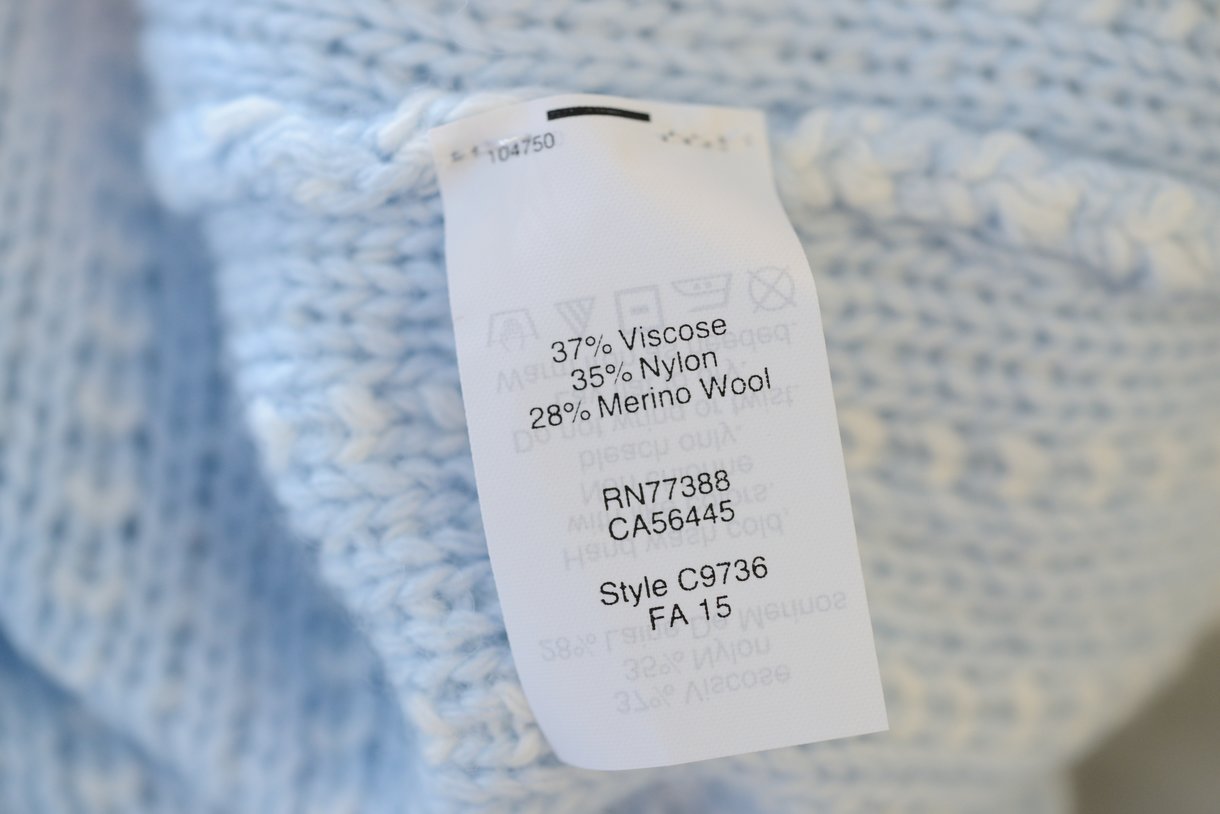
If the item is tagged dry clean, you can wash in the washing machine with a delicate wash cycle and the right fabric-specific detergent. You'll want to ensure the water is cold, and the spin cycle is low to avoid damage.
For sheep’s wool, lamb’s wool, cashmere, merino, pashmina, angora, mohair, camel hair, and alpaca, as well as any wool blends and wool-like synthetics such as acrylic, use Wool & Cashmere Shampoo. Unlike generic detergents, this formula is specifically formulated without enzymes.
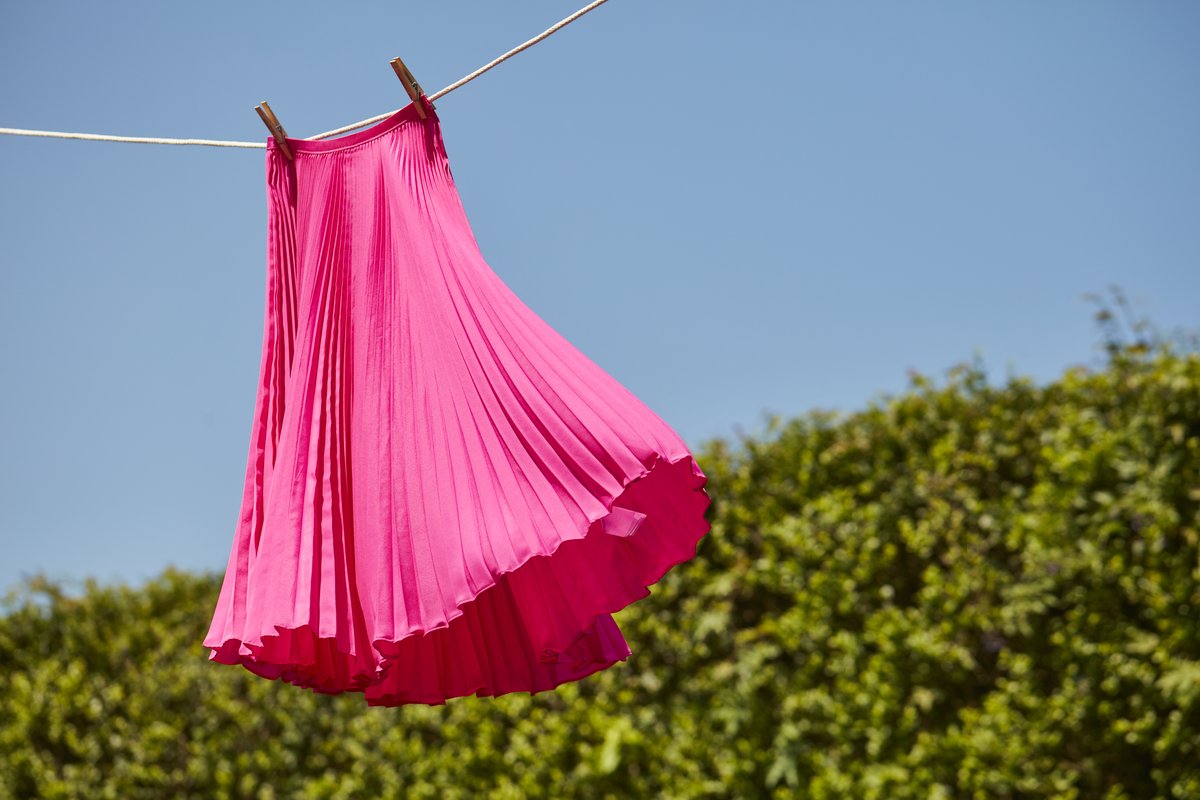
When washing dry clean items, always select a delicate cycle, cool or cold water, and a low spin. Inserting items into protective Mesh Bag will prevent items from snagging on the drum of the washing machine or catching on other items in the load, while still allowing for the cleansing agitation of the wash cycle.
Handwashing is the gentler alternative to washing machines: Fill a tub, basin, or sink with cold water. Then add your items and a squirt of the correct detergent according to fabric type, and agitate with your hands for a few seconds to distribute the soap into the water. Allow to soak for no longer than 30 minutes, rinse thoroughly, and press out to dry – do not wring.
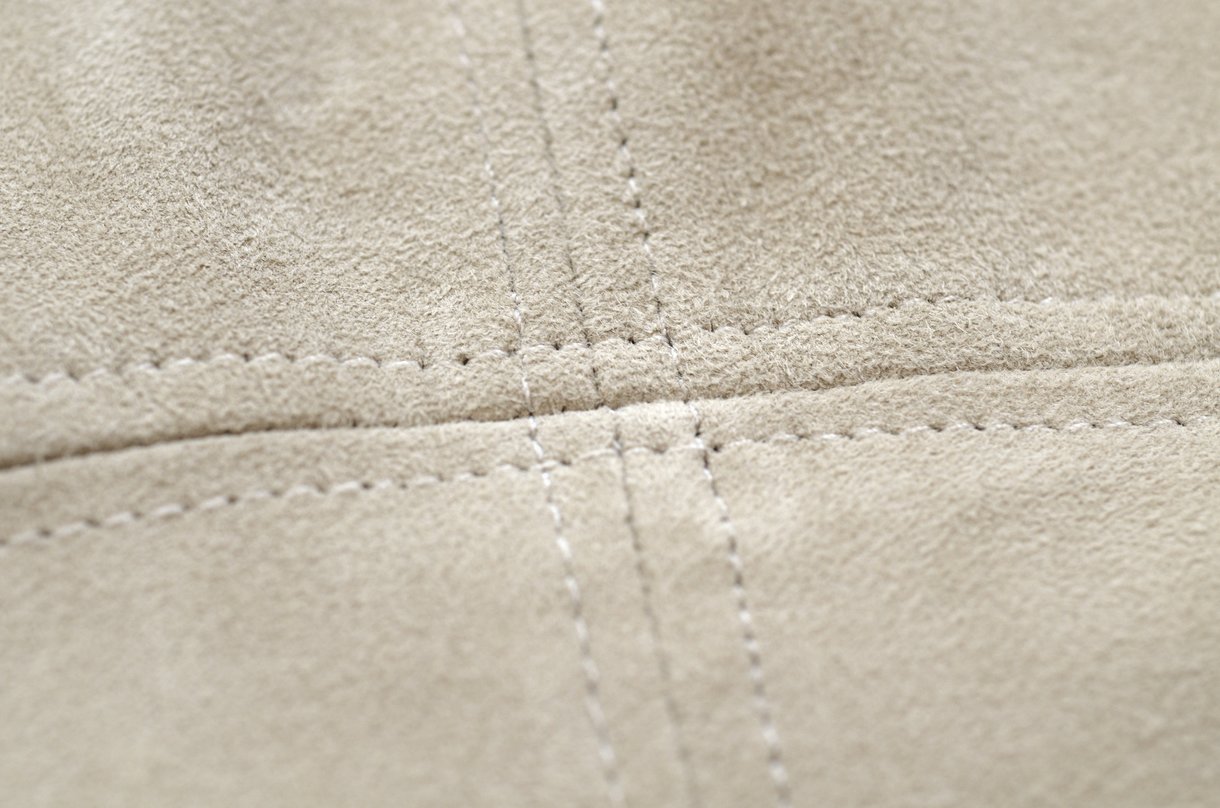
Steaming is a great way to remove wrinkles from dry clean items. In addition to softening wrinkles, steaming removes odors and freshens fabrics between washing and wearing. We like to combine steaming with a few sprays of a crease lifting spray which removes wrinkles.
Disclaimer: All techniques are based on textile science. Not
all garments perform and react as science would predict.
Published on






















